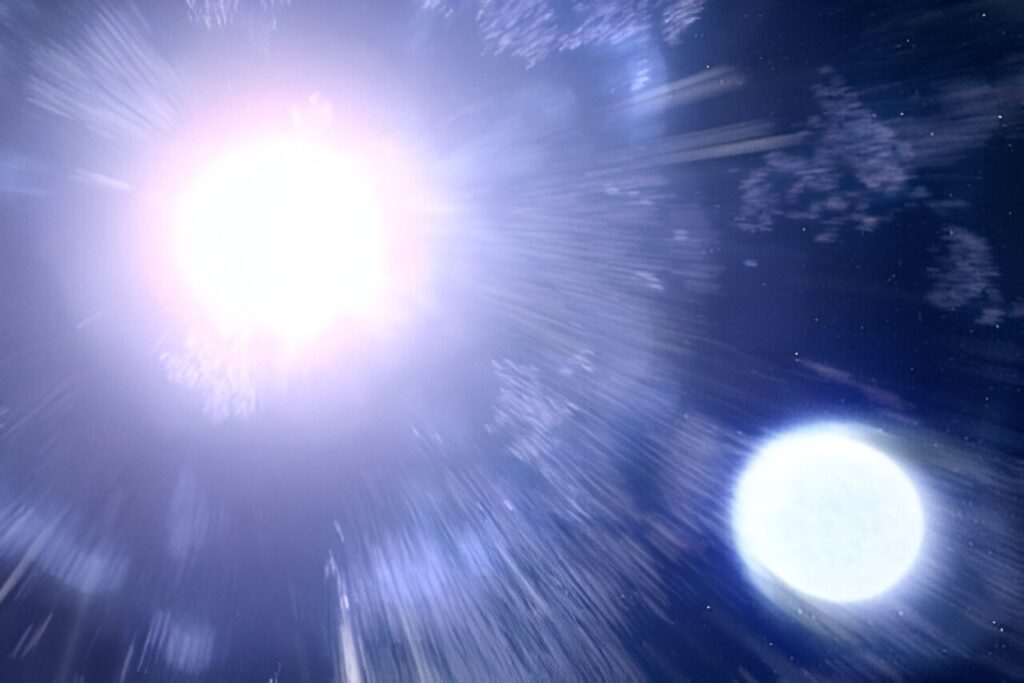Scientists have studied giant stars (O and Be classes) and concluded that many of them are flying away from the Milky Way. They used the catalog of the Gaia space telescope to get to the bottom of the process.

Giant stars are leaving the Galaxy
Many extremely large and bright stars of the O and Be spectral classes are expected to leave the Milky Way in some time. Their trajectories lead them away from it into the depths of space. This is evidenced by an article published in the journal Astronomy and Astrophysics by scientists from the University of Barcelona.
The fact that the Milky Way is constantly losing some of its stars is no longer a secret to scientists. According to some studies, their total number can reach 10 million. However, the proportion of them belonging to young and massive stars has remained unclear.
Be-class stars are extremely bright blue luminaries that have a large mass and a very young age. O-class stars are generally the hottest type of stars in the Universe. Their surface temperature can reach 50 thousand K.
Both types of stars are often born together in very special clusters. They are called OB associations. Because their luminaries are very heavy and hot, they do not live long and quickly disappear as supernovae.
What the new study showed
In the new study, the researchers decided to find out what proportion of O and Be stars are “runaways,” i.e., they have velocity vectors that lead them away from the Milky Way. To do this, they used two catalogs: Galactic O-Star Catalog (GOSC) and Be Star Spectra (BeSS). They contain the most complete list of these luminaries.
To determine their velocity vectors, they used data from the Gaia Space Telescope. The DR3 data catalog, collected by the most advanced astrometric instrument to date, contains data on more than a billion stars.
The team compared the Gaia data with the GOSC and BeSS catalogs and found 417 O-type and 1335 Be-type stars present in both Gaia and the respective catalogs. Of these, 106 were O-type “fugitives”, accounting for 25.4 percent of the stars in the GOSC catalog, and 69 Be-type stars, accounting for 5.2 percent of the stars in the BeSS catalog.
Two theories about the “escape” of massive stars
The scientists concluded that, on average, O-class stars have a higher velocity than Be. And in general, among hot and massive stars, there were disproportionately many “runaway” stars. Scientists put forward two versions of the reasons for this.
The first is the dynamic ejection scenario. It consists in the fact that binary hot stars in binary systems can come closer to other stars that are part of the association. In this case, the interaction of gravitational forces can easily eject one of the components.
The second scenario involves a situation where, in a double system of two such stars, one turns into a supernova much faster than the other. In this case, the force of the explosion may well throw the second luminary not only out of the system, but also out of the Galaxy. It is quite possible that both options can be realized in space.
Based on materials: phys.org
